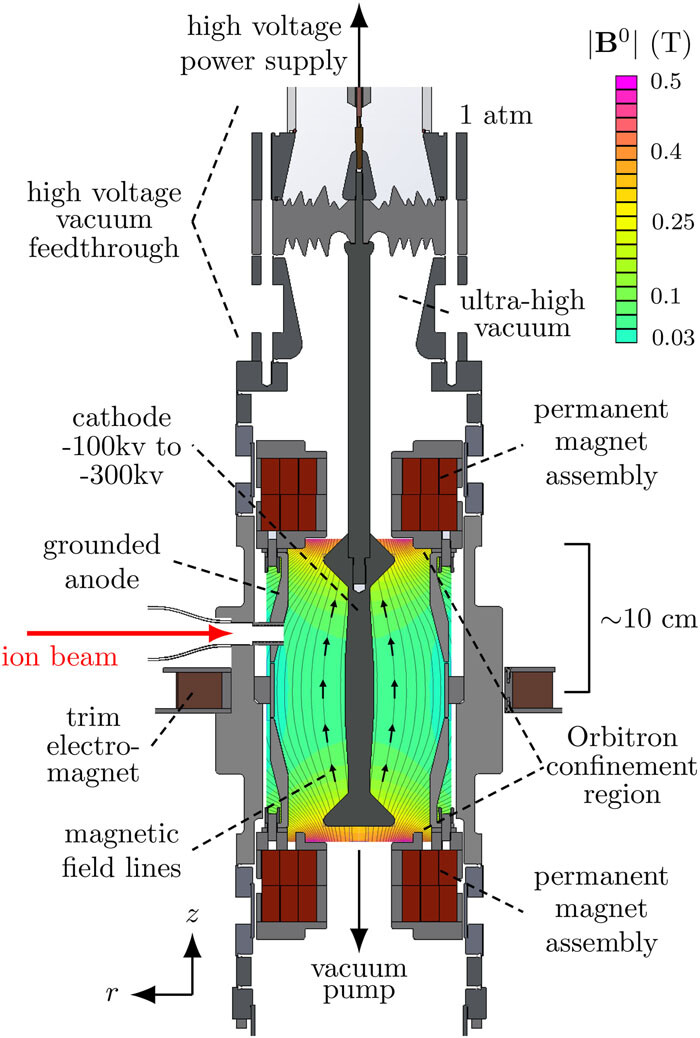Apparently what these guys have done is gone back to the physical cathode to avoid the problem of virtual cathode stabilization (Farnsworth, Hirsch, Bussard). The virtual cathode approach was made necessary by the the erosion of physical cathodes bombarded by energetic ions. This approach gets around that erosion by passing the ions AROUND the physical cathode in an elliptical orbit (hence “Orbitron”).
Bussard thought he might be able to overcome the neutron problem by scaling up to p+B11 (which requires isotope separation of both hydrogen and boron to be completely clean of neutrons).
But there’s another approach to the neutron problem:
Use Th-232 for the reactor vessel to bootstrap the LFTR neutron economy.
The Orbitron: A crossed-field device for co-confinement of high energy ions and electrons
Abstract
To explore the confinement of high-energy ions above the space charge limit, we have developed a hybrid magnetic and electrostatic confinement device called an Orbitron. The Orbitron is a crossed-field device combining aspects of magnetic mirrors, magnetrons, and orbital ion traps. Ions are confined in orbits around a high-voltage cathode with co-rotating electrons confined by a relatively weak magnetic field. Experimental and computational investigations focus on reaching ion densities above the space charge limit through the co-confinement of electrons. The experimental apparatus and suite of diagnostics are being developed to measure the critical parameters, such as plasma density, particle energy, and fusion rate for high-energy, non-thermal plasma conditions in the Orbitron. Initial results from experimental and computational efforts have revealed the need for cathode voltages on the order of 100–300 kV, leading to the development of a custom high voltage, ultra-high vacuum bushing rated for 300 kV.
